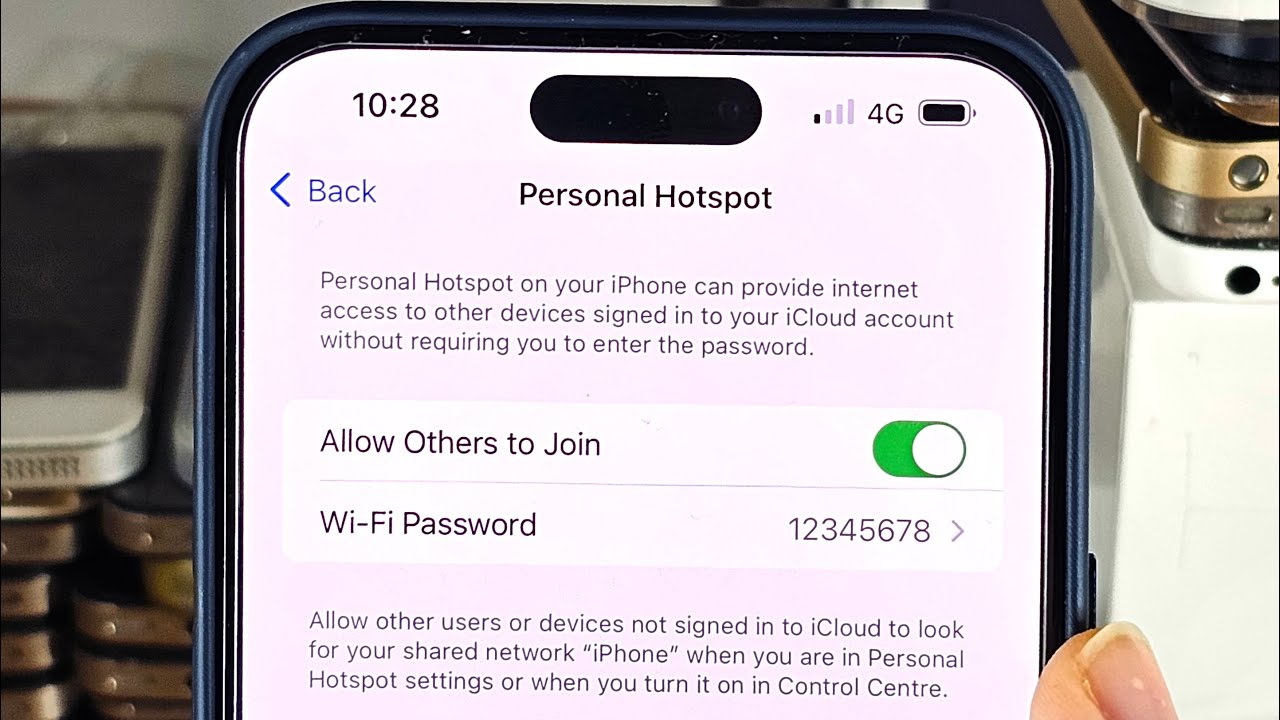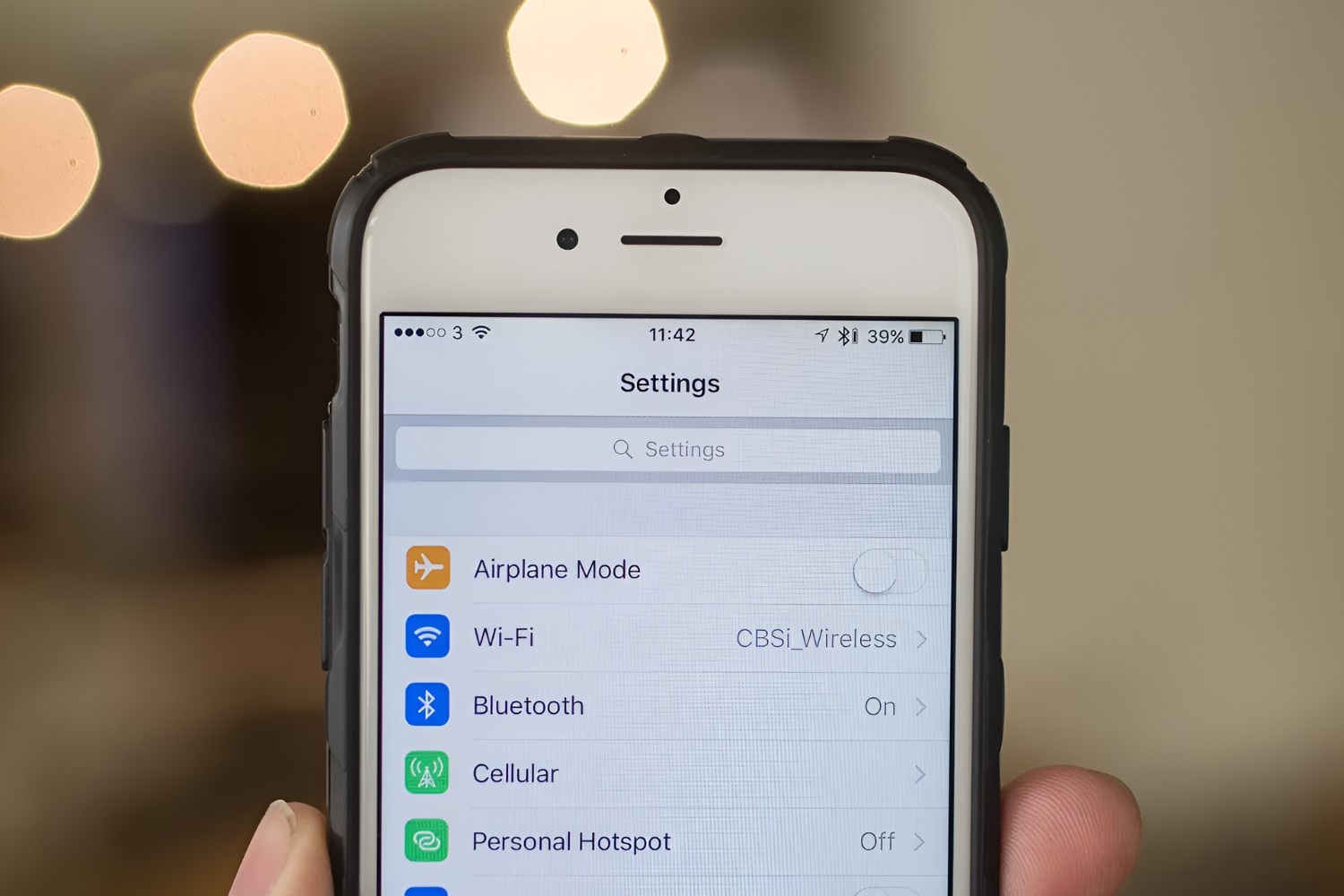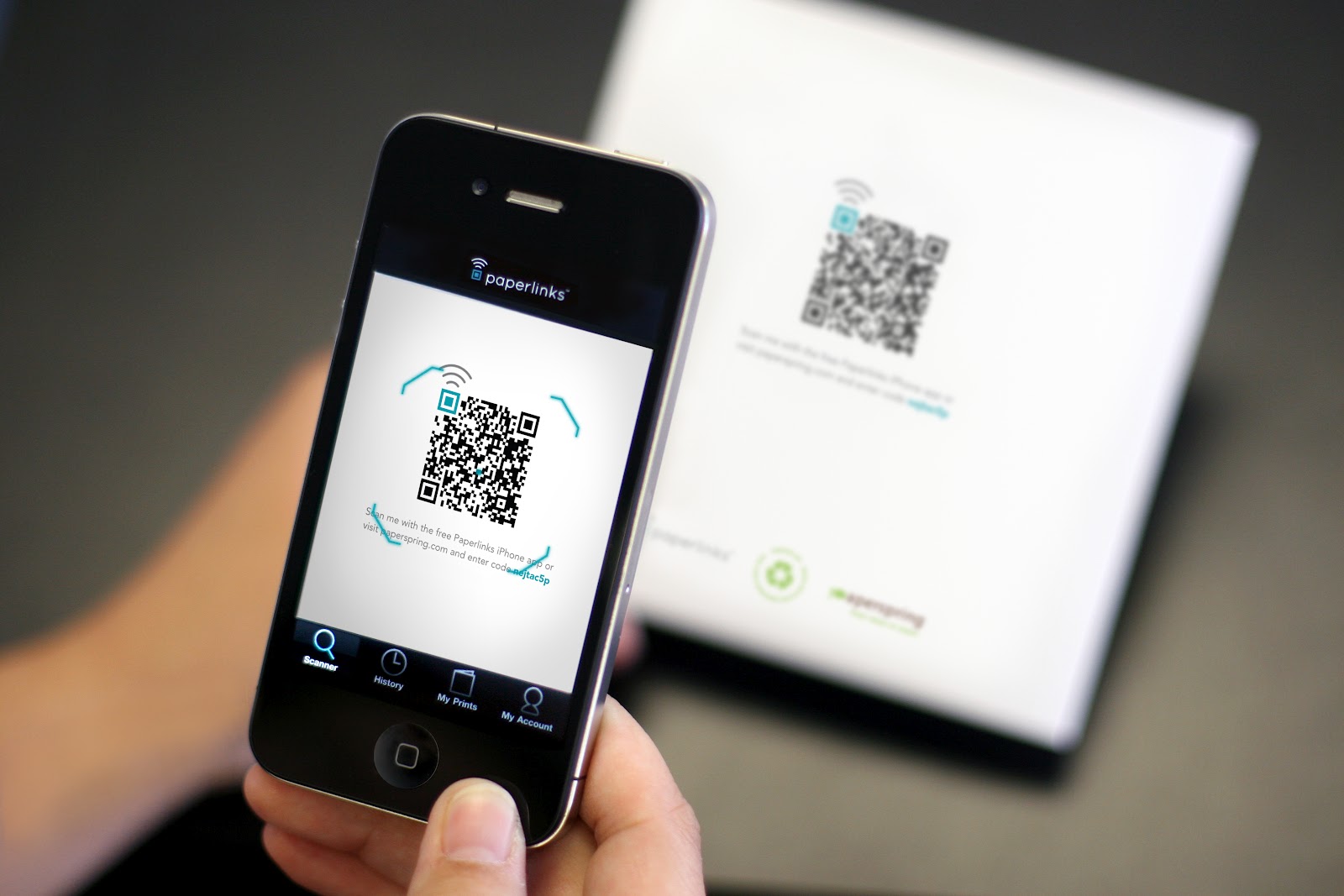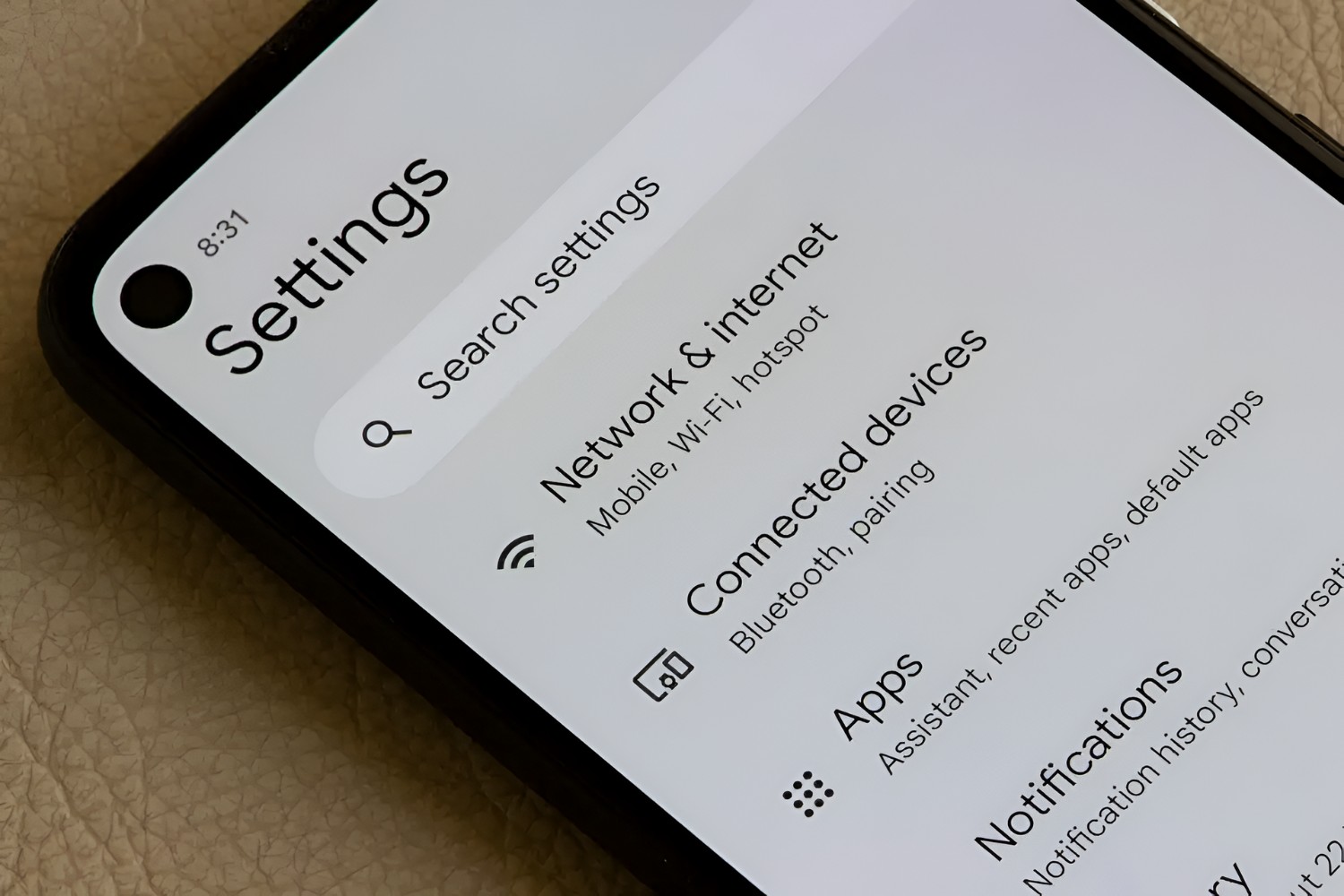Introduction
Hotspot auto-activation, a common issue encountered by many users, occurs when a device's hotspot feature activates unexpectedly, often leading to data usage and potential privacy concerns. This phenomenon can be frustrating and disruptive, especially when it depletes data allowances or compromises the security of the device.
Understanding the root causes of hotspot auto-activation and exploring effective solutions is essential for mitigating this issue and ensuring a seamless user experience. In this article, we will delve into the underlying factors contributing to hotspot auto-activation and provide practical strategies to address and prevent this occurrence. By gaining insights into this perplexing issue, users can regain control over their devices and avoid the inconvenience associated with unexpected hotspot activation.
With the increasing reliance on mobile devices for connectivity, the prevalence of hotspot auto-activation has become a pertinent concern. Whether it occurs due to software glitches, user oversight, or external factors, the impact of this issue can be significant. By shedding light on the causes and solutions for hotspot auto-activation, this article aims to empower users with the knowledge and tools needed to effectively manage and troubleshoot this common technological challenge.
In the following sections, we will explore the various factors that contribute to hotspot auto-activation, including software-related triggers, user settings, and environmental influences. Additionally, we will present a range of practical solutions and preventative measures that users can implement to mitigate the occurrence of hotspot auto-activation. By equipping readers with a comprehensive understanding of this issue, they can navigate the complexities of hotspot activation with confidence and ease.
As we delve into the intricacies of hotspot auto-activation, it is crucial to approach this topic with a proactive mindset, seeking to uncover the underlying causes and implement effective solutions. By doing so, users can reclaim control over their devices and harness the full potential of hotspot functionality without the inconvenience of unexpected activations. Let's embark on this insightful exploration of hotspot auto-activation, unraveling its complexities and empowering users with actionable insights and solutions.
Causes of Hotspot Auto-Activation
Hotspot auto-activation can stem from a myriad of underlying factors, spanning both software and hardware realms. Understanding these causes is pivotal in effectively addressing and preventing this issue. Here are the primary factors contributing to hotspot auto-activation:
-
Software Glitches:
- Software glitches within the device's operating system or hotspot feature can trigger unexpected auto-activation. These glitches may arise from incomplete software updates, compatibility issues with third-party apps, or underlying coding errors. When the hotspot function is inadvertently triggered by such glitches, it can lead to data usage and potential security vulnerabilities.
-
User Settings and Preferences:
- In some cases, users may unknowingly enable settings that prompt hotspot auto-activation. This could occur when adjusting network or connectivity preferences, inadvertently activating the hotspot feature without explicit intention. Additionally, certain device configurations may default to activating the hotspot under specific conditions, catching users off guard.
-
Environmental Triggers:
- External factors, such as electromagnetic interference or proximity to other devices, can inadvertently activate the hotspot feature. This can occur when the device misinterprets environmental signals, leading to unintended hotspot activation. For instance, electromagnetic interference from nearby electronic devices or wireless networks can inadvertently trigger the hotspot feature, causing unexpected data usage.
-
Network Instabilities:
- Fluctuations in network connectivity and signal strength can also contribute to hotspot auto-activation. When a device experiences intermittent network disruptions or signal variations, it may trigger the hotspot feature as a response to perceived connectivity challenges. This can lead to recurrent hotspot auto-activation, especially in areas with unstable network conditions.
-
Device Malfunctions:
- Hardware malfunctions or sensor irregularities within the device can inadvertently prompt hotspot auto-activation. Faulty proximity sensors or irregularities in the device's internal circuitry may erroneously interpret user interactions, leading to unintended hotspot activation. These device-related malfunctions can contribute to the persistent occurrence of hotspot auto-activation.
By recognizing these underlying causes, users can gain valuable insights into the complexities of hotspot auto-activation and take proactive measures to address and prevent this issue. In the subsequent section, we will explore a range of practical solutions and strategies to effectively mitigate hotspot auto-activation, empowering users to regain control over their devices and connectivity settings.
Solutions for Hotspot Auto-Activation
Addressing hotspot auto-activation requires a multifaceted approach that encompasses software adjustments, user awareness, and environmental considerations. By implementing the following solutions and strategies, users can effectively mitigate the occurrence of hotspot auto-activation and maintain control over their device's connectivity settings.
-
Software Updates and Maintenance:
- Regularly updating the device's operating system and hotspot-related software is crucial for resolving potential glitches and vulnerabilities that may trigger auto-activation. By ensuring that the device is running the latest software versions, users can benefit from bug fixes and performance enhancements that contribute to a more stable hotspot functionality.
-
Customized Hotspot Settings:
- Reviewing and customizing hotspot settings based on individual preferences can help prevent unintended auto-activation. Users should verify hotspot activation triggers, such as proximity sensor sensitivity and network connectivity thresholds, and adjust them to align with their usage patterns and environmental conditions.
-
User Awareness and Monitoring:
- Heightened awareness of hotspot activation indicators, such as notification prompts or status bar icons, enables users to promptly identify and address auto-activation instances. By actively monitoring the device's connectivity status and data usage, users can intervene when unexpected hotspot activation occurs, preventing excessive data consumption.
-
Environmental Considerations:
- Minimizing exposure to electromagnetic interference and optimizing the device's placement in relation to other electronic devices can reduce the likelihood of environmental triggers leading to hotspot auto-activation. Creating a conducive physical environment for the device can mitigate the impact of external factors on hotspot functionality.
-
Network Stability Optimization:
- Ensuring a stable and reliable network connection through signal optimization and network selection can mitigate hotspot auto-activation stemming from network instabilities. Users can prioritize strong network signals and employ network stability-enhancing features to minimize the likelihood of unintended hotspot activation.
-
Diagnostic and Troubleshooting Tools:
- Leveraging diagnostic tools and built-in troubleshooting features provided by device manufacturers can aid in identifying and resolving underlying issues contributing to hotspot auto-activation. By utilizing these tools, users can gain insights into the root causes of auto-activation and implement targeted solutions.
By embracing these solutions and integrating them into their device management practices, users can effectively mitigate the challenges associated with hotspot auto-activation. Proactive software maintenance, personalized settings adjustments, environmental awareness, and network stability optimization collectively empower users to regain control over their device's hotspot functionality, fostering a seamless and reliable connectivity experience.
Through a proactive and comprehensive approach to addressing hotspot auto-activation, users can navigate the intricacies of connectivity management with confidence, ensuring that their devices operate in accordance with their preferences and usage patterns. By implementing these solutions, users can minimize the disruptions caused by unexpected hotspot auto-activation and optimize their connectivity settings to align with their individual needs and environmental considerations.

























